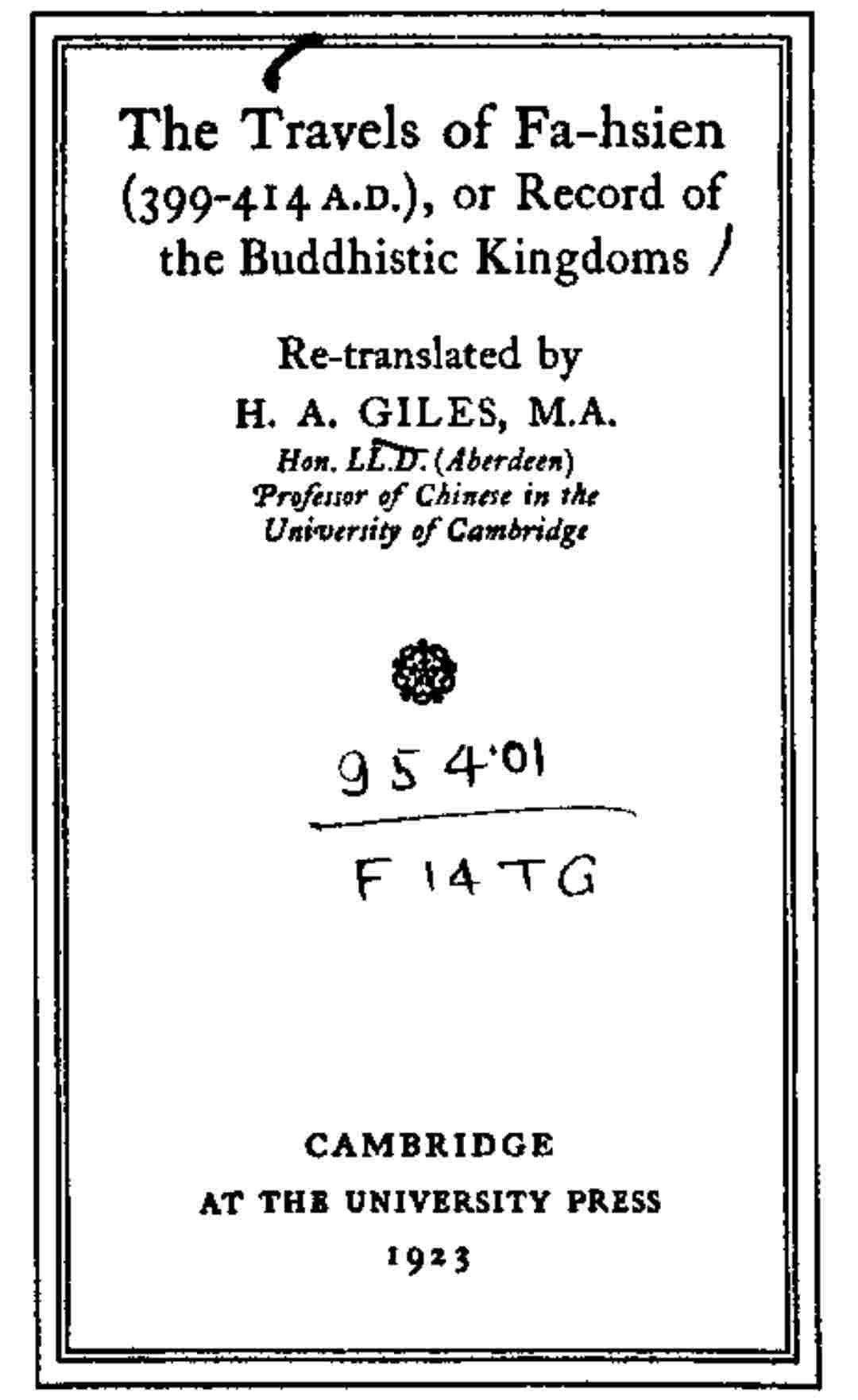Silk Road
The Silk Road was a network of Eurasian trade routes mostly along the Eurasian Steppe. It connected Europe and China, and was active from the second century BCE until the mid-15th century CE. The Silk Road derives its name from the highly lucrative trade of silk textiles that were produced almost exclusively in China before the 4th century CE and then also produced by other countries along the routes later. During its over 1,000 years of existence, the Silk Road endured the rise and fall of numerous empires. The Silk Road declined starting from the 12th century CE and later abandoned. Below is a map of the Silk Road.

The starting point of the China portion of the Silk Road is Chang'an (present-day Xi'an). About 1,500 km to the west of Chang'an is the Taklamakan desert. It is sandwiched between the mountains Tian Shan (also spelled as Tien Shan) and Kunlun Shan. The desert and high mountains presented obstacles to movement of people and goods. Thus, people found routes to overcome the obstacles. There were three main routes, the north and the south routes around the Taklamakan desert and the center route cutting through the most passable portion of the desert. We discuss three cities, Kucha on the north route, Khotan on the south, and Dunhuang on both the center and south routes, so we can know more about the routes. All these cities can be found on the above map.
The two routes join at the city of Kaschgar (shown on the above map). From there the route goes pass the mountain ranges and slowly descends to a relatively lower elevation. That area was called Sogdia. Major cities in Sogdia are Samarkand and Buchara, which can be found on the above map. The Sogdians were considered the most successful merchants of the Silk Road.
The western portion of the Silk Road run pass the territories of the Persian empires before it reached Europe. It was developed during the reign of Shahanshah Darius of the Achaemenid Empire around 500 BCE. His empire extended from Anatolia (present-day Turkey) and Egypt in the west, across western Asia, through Central Asia and reached the Indus Valley of India in the east. It was the largest empire in history up to that time. He built extensive network of roads throughout the empire. Starting from the 7th century CE the territories were ruled by the Islamic caliphates. Soon almost all the people lived in the caliphates were converted to Islam.
In 751 CE there was a battle between the Abbasid caliphate and the Tang dynasty. There was no clear winner. Soon after the battle the Tang dynasty had a rebellion (the An Lushan Rebellion, which started in 755 CE) and the power of the Tang dynasty declined. Although the caliphates never occupied territories beyond Sogdia, Islam was able to spread to areas around the Taklamakan desert, including Khotan and Kucha. Slowly, almost all the people lived along the Silk Road were converted to Islam.
Starting from the 12th century CE, trades on the Silk Road slowly decreased. The decline was a result of multiple reasons. One reason was that the Taklamakan desert became drier. Lots of areas became infertile. People on the Silk Road lost freshwater and vegetation. The bad climate and deteriorated environment stopped the steps of merchants. Another reason is that the economic center of China moved to the south. At the same time shipbuilding and navigation skills improved. Thus more and more trades were conducted by sea instead of through the Silk Road. Eventually many communities on the Silk Road were abandoned.
Buddhism was a popular religion in China. Many Chinese Buddhist monks in the past traveled from China to India wanting to bring Buddhism books to China. After returning to China, they wrote books about their journeys. These books tell us the conditions of the Silk Road during the time of their journeys. Below are two books about the journeys of two monks:
The Travels of Fa-Hsien (399-414 A.D.)

On Yuan Chwang's Travels in India (629-645 A.D.) (file size: about 11 MB)
